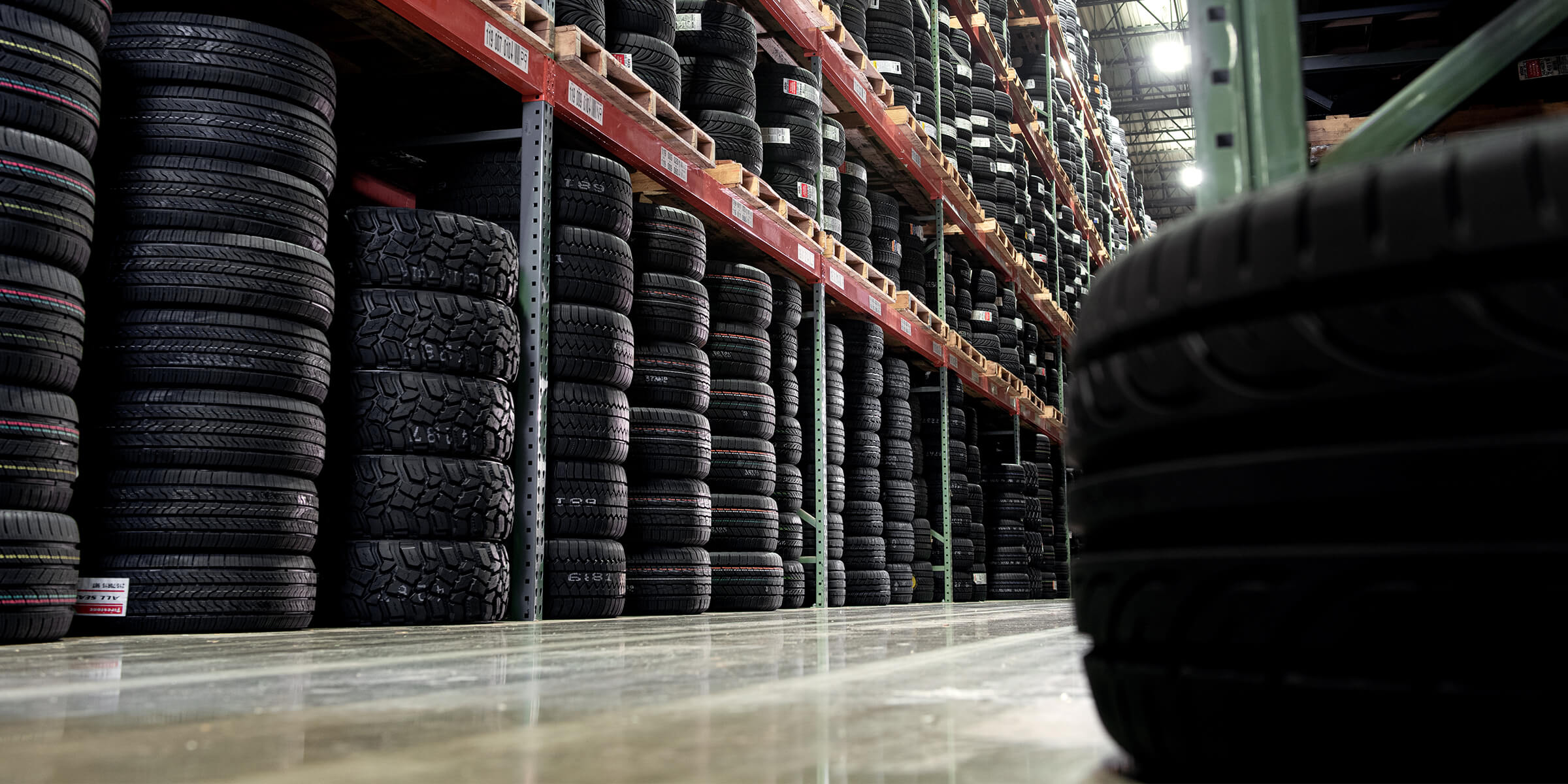Tire Service: Comprehending Tire Stress Surveillance Systems
Comprehending Tire Pressure Surveillance Equipments (TPMS) is a critical element of maintaining optimal car performance and security on the roadway. With developments in auto modern technology, TPMS has come to be a standard feature in modern lorries, offering real-time information on tire pressure levels.

Relevance of TPMS
The importance of Tire Pressure Tracking Solutions (TPMS) hinges on their capability to improve automobile safety and efficiency with real-time surveillance of tire pressure levels. Keeping the correct tire stress is vital for ensuring optimal handling, stopping, and total safety of a vehicle. TPMS provides vehicle drivers with prompt responses on any overinflated or underinflated tires, permitting prompt adjustments to be made.
Components of TPMS
Consisting of numerous essential aspects, a Tire Pressure Surveillance System (TPMS) works as a sophisticated safety and security feature in modern cars. The major parts of a TPMS include sensing units, a control component, and a warning indication. Sensors are generally situated in the tire valve stem or attached to the wheel setting up, where they gauge tire stress and transmit information to the control module. If it discovers significantly low pressure in any of the tires, the control component processes this info and sets off a warning. The warning indication, frequently a sign on the control panel, signals the driver to inspect the afflicted tire or tires. Some advanced TPMS designs also display the real tire pressure analyses for each and every tire, providing motorists with real-time information to ensure optimum tire efficiency and security. By monitoring tire pressure continuously, TPMS aids avoid mishaps, minimizes tire wear, and boosts fuel efficiency, making it an essential element for lorry safety and security and performance.
Types of TPMS

On the other hand, indirect TPMS depends on the car's wheel speed sensors to keep an eye on tire stress. This system detects underinflation by comparing the rotational speeds of the wheels. Indirect TPMS is less pricey than straight TPMS, as it makes use of existing sensors within the automobile.
While direct TPMS provides a lot more precise analyses, indirect TPMS is easier in design and commonly calls for much less maintenance. Both systems have their restrictions and benefits, and the choice between them typically depends on factors such as price, vehicle make, and personal choice. Recognizing the differences in between these 2 kinds of TPMS can assist vehicle proprietors make notified decisions regarding tire upkeep and security.
TPMS Upkeep Tips
Reliable maintenance of TPMS is necessary for making sure optimal efficiency and security of your vehicle. Frequently examining the TPMS sensing units for any type of damage or rust is important. Ensure that the sensing units are totally you can try here free and tidy from particles that could disrupt their functioning. Furthermore, it is advisable to check the sensing unit batteries periodically and change them as needed to ensure precise analyses. Conduct regular checks on the tire pressure levels and compare them with the TPMS readings to guarantee they correspond. Alter the system adhering to the producer's guidelines if there are any kind of discrepancies. During tire turning or replacement, make certain that the TPMS components are handled carefully to stop any potential damage. Finally, if the TPMS cautioning light illuminates on the control panel, address the problem without delay by inspecting the tire pressures and the general system for any type of faults. By adhering to these maintenance tips, you can lengthen the life-span of your TPMS and improve the safety of your driving experience.
Advantages of Proper Tire Stress
Preserving proper tire pressure, as highlighted in TPMS Maintenance Tips, is important for reaping the countless advantages linked with optimum tire pressure levels. Additionally, proper tire stress makes sure also tire wear, prolonging the life-span of the tires and advertising more secure driving problems. In conclusion, the benefits of proper tire pressure go past simply tire long life; they encompass enhanced gas performance, improved safety and security, better lorry performance, and overall driving convenience.
Final Thought
Finally, recognizing tire stress surveillance systems (TPMS) is crucial for keeping ideal tire stress and ensuring lorry safety and security. By acknowledging the value of TPMS, being acquainted with its elements, knowing the different kinds offered, adhering to correct maintenance tips, and recognizing the benefits of preserving appropriate tire pressure, drivers can boost their driving experience and extend the life-span of their tires. Proper tire stress is essential to safe and reliable automobile operation.
